USGA
U.S. Open 2024: Every American course hosting 36-hole Final Qualifying
Intro text
Intro Text
Course text
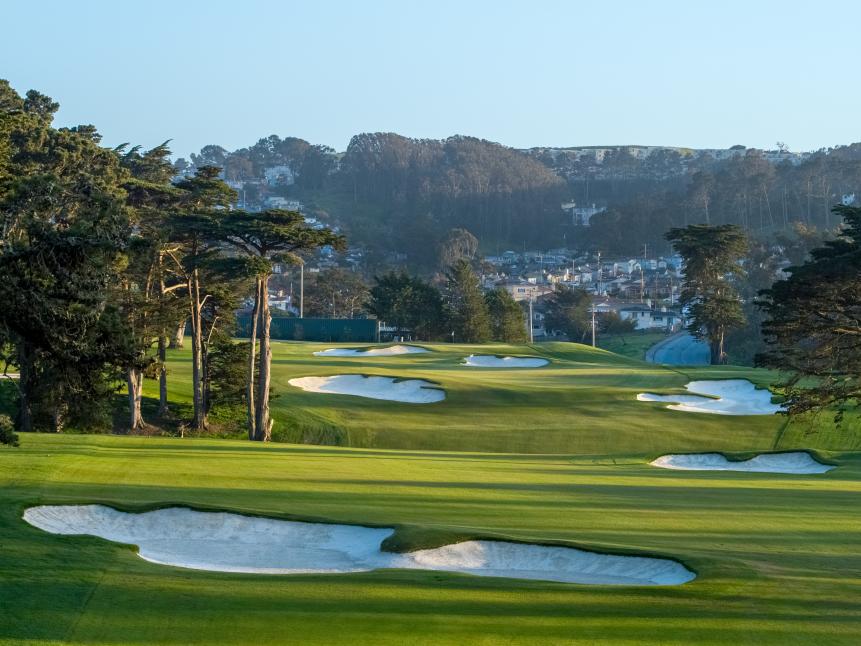
Evan Schiller
Lake Merced is one of the latest clubs to benefit from the restoration work of Gil Hanse, Jim Wagner and their team. In 1962 a freeway forced a major overhaul of the work Alister Mackenzie did in 1929 and 1930, changing the look and feel of the golf course. Gone were the deep barrancas, sandy waste areas and Mackenzie's signature mounding and bunker designs. Hanse recaptured these lost features using what he often does—expansive research using historical photos and aerials. All 18 green and tee complexes were rebuilt, but perhaps most dramatically, 150,000 square feet of bunkers were refurbished to match Mackenzie’s signature style. What has emerged is a revitalization of one of California’s great courses that will further both Hanse’s and Mackenzie’s legacy as two of the most important architects in the game.
View Course
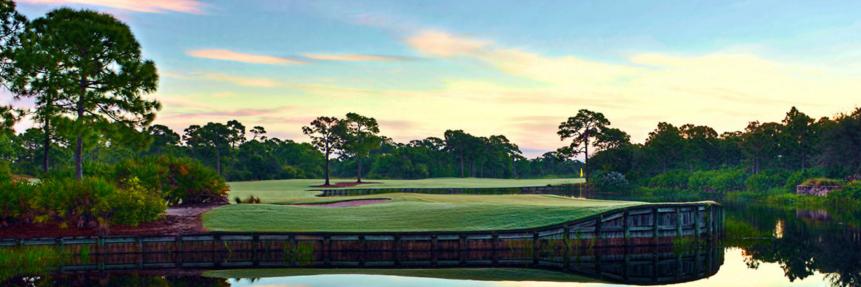
Courtesy of Nicklaus Design
The Bear’s Club marked a transition point in Jack Nicklaus’s design outlook when it opened in 1999. His architecture had typically been analytical and, while still lovely, oriented toward factoring how players might break down the features tactically. That strategic backbone is present in The Bear’s Club, but the team approached the design more holistically than they had previously, factoring in aesthetics to an unprecedented degree. Instead of building holes on a golf site, Jack and his associates created a golf environment, expanding and enhancing a dune ridge running through the low pine and palmetto scrub and anchoring large, sensuous bunkers into the native vegetation. The course is part of an upscale residential development near the Intracoastal Waterway, but it blends so well you wouldn’t know it. The change in perspective that Nicklaus Design developed at The Bear’s Club pushed the firm toward similar successes in the 2000s like Sebonack (with Tom Doak, no. 43), The Concession (no. 133) and Mayacama (no. 137).More from Golf Digest Architecture Editor emeritus Ron Whitten:Forgive me if you've read this before. This review of The Bear's Club, the Jack Nicklaus design that opened on Dec. 31, 1999, making it perhaps the last new golf course in America to open in the 20th Century, was first published in the late, great Golf World magazine, in the April 6, 2001 issue to be exact. Since Golf World was never digitized, to my knowledge, and the only collections of back issues known to me are at Golf Digest's offices and my own office, I suspect very few of you have read this recently. I repeat it here partly because it's also about my one-and-only round of golf with the legend, Jack Nicklaus.Here it is, from early 2001:There is no steely determination in Jack Nicklaus's game anymore - at least there wasn't during a recent casual round on his latest design, The Bear's Club, an exclusive private club in Jupiter, Fla. Instead, Jack spent the day needling his son, Jackie, grousing about imperfections in the hybrid Bermuda fairways, questioning the quality of the pine straw on the walking paths, hitting a couple of squirrely drives, making a couple of brilliant recoveries and cracking jokes.Yes, Jack Nicklaus has a sense of humor. He looked in my bag, filled with Nicklaus brand clubs, with angular clubfaces and shafts that had the flexibility of broomsticks. "Are these your clubs?" he gasped mockingly.No, I responded. They're loaners from the pro shop."Didn't think so," he said, then paused for the punchline. "I've never met anyone who's actually bought my clubs."Later, on the fourth green, bearing down on a 40-footer for a birdie, I hit it fat, advancing the putt maybe 10 feet. Jack walked over to me and whispered, "That my putter, too?"It was a comfortable round with Jack, in part because The Bear's Club is impressively comfortable. It's not your typical condo-covered, lake-laden Florida course. It's old Florida, with lots of pines and palmettos, and slightly scruffy around the edges. There's a natural 12-foot-high sand ridge running across the site. Jack enhanced it and added a couple of others that look equally natural. He integrated the design into its environment by retaining native brush wherever possible, separated from playing areas by transition areas of sand and pine straw. I loved the bunkering. It was big, high-banked, sweeping stuff, a very un-Florida-like in look and feel, using an imported grade of sand from Ohio that won't wash out with every rain shower. The back sides of most bunkers are merged into native sand and pine straw, so they look like blowouts emerging from sand dunes.Did I make a fool of myself while playing with Jack? Yes. On the 10th hole, we grabbed some apples from an ice cooler. Later, as Jack's friend Ivor Young helped me look for my ball on the edge of a lake, he finished his apple and casually tossed the core into the drink. So I did the same, but tossed mine back over my shoulder. A few seconds later, I heard Jack yell out Young's name."Ivey," he yelled. "What are you doing, throwing that apple in my lake? I don't want your apple floating in my lake."Ivey laughed. Jack didn't."I'm serious," he said as he hustled over. "Apples float. Look, look. There it is. Floating in my lake. Go get it."So Young got a club from his caddie and fished the apple core out of Jack's lake. I said nothing, but after I hit to the green, I casually moonwalked back to fish my apple out of the lake. But by then it was floating too far from shore. So I walked off, waiting for Jack to jump me for littering. But he never did. He obviously never saw my transgression.I committed more foolishness in the clubhouse after the round. I began ranting about The First Tee program, complaining too many projects are being built for too much money, leaving no funds for long-term maintenance and operations. It's golf's equivalent of a Democrat's answer to everything, I said: Throw a lot of money at a problem, feel like you've solved it and pat each other on the back.Jack sat quietly while I huffed and puffed. When I finished, he said, "You know, Juli Inkster and I are national co-chairmen of The First Tee program."I took that as my signal to offer my thanks for the round and hit the road. The exit curved right along the lake on the 10th. As I drove out, I saw it floating out in the middle. My apple, Jack's lake.
View Course

Arthur Hills had a productive run in Atlanta from the late 1980s throug the early '90s building five new courses that set a new tone for premium golf in the city, both public and private. His marquee design was the Lakeside Course at the 36-hole Golf Club of Georgia north of the city, winner of the Best New Private Course in 1991. The lake in question is Lake Windward, which Hills used as a jagged shoreline hazard for holes 11 through 14. Another body of water, the pond in front of the 18th green, played a role in determining the outcome of several Nationwide Championships, a Senior PGA Tour event played at the course from 1995 to 2000.
View Course

Laurence Lambrecht
Woodmont Country Club's North Course in Rockville is ranked as one of the best golf courses in Maryland. Discover our experts reviews and tee time information
View Course
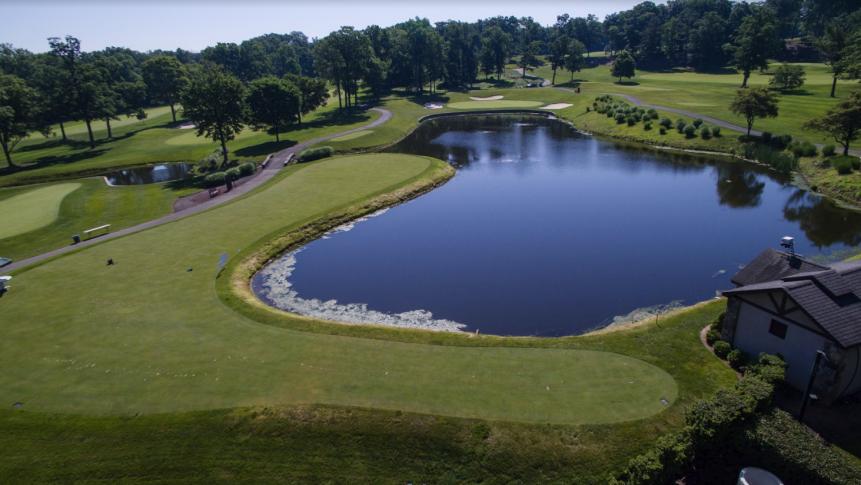
Canoe Brook’s championship pedigree runs deep, ranking among our list of America’s 100 Greatest Courses from 1967 through 1970. The 36-hole facility hosts U.S. Open sectional qualifying every other year (on off years with Old Oaks and Century) on its North and South courses. With its thick rough, towering trees and difficult but well-conditioned greens, Canoe Brook is a mainstay among great New Jersey golf venues.
View Course

Old Chatham Golf Club in Durham is one of the best courses in North Carolina. Discover our experts’ reviews and where Old Chatham Golf Club sits in our rankings.
View Course
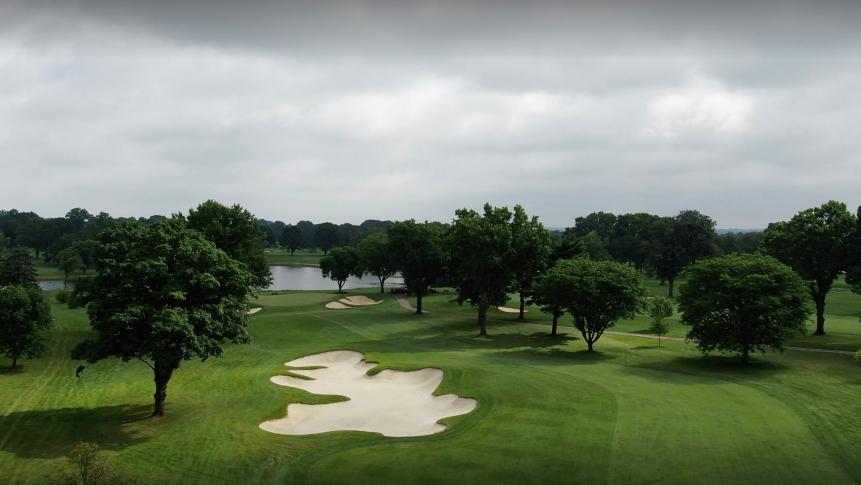
Augusta National and Cypress Point architect Alister MacKenzie originally designed Ohio State’s Scarlet course in 1931, but he died in 1934 before construction began. After his death, Perry Maxwell oversaw the construction, though the course is still considered a MacKenzie layout. Jack Nicklaus returned to his collegiate course in 2005-2006 to restore the bunkers and lengthen the course to over 7,400 yards. The bunkers are some of the most penal in college golf, many massive in size and most with tall lips, often requiring high-lofted clubs to get back in play. The greens often play quite firm, making it difficult to hold approach shots close to some hole locations. The Ohio track regularly plays as one of the toughest courses on the Korn Ferry Tour when it hosts an annual event during the tour’s finals series. The course is semi-private and open to those who have an affiliation with Ohio State University.
View Course
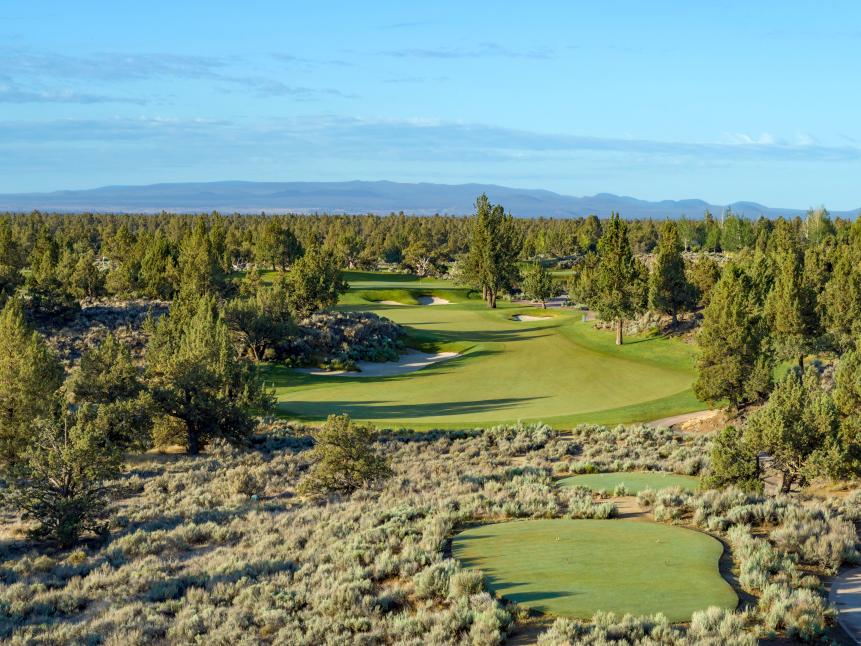
Courtesy of Evan Schiller
When it first opened in 2004, Pronghorn was strictly private and its Nicklaus Course was ranked by Golf Digest as No. 2 among America’s Best New Private Courses (a second members-only 18 from Tom Fazio opened three years later). A few years back, the club began allowing public play on its Nicklaus design, now ranked No. 42 on America’s 100 Best Public Courses. It’s a beauty. The second nine, carved from a flow of volcanic rock, may be the most delightful Jack has ever designed, with gambling holes and gorgeous scenery at every turn. The shaping is gentle and subdued to create holes sit low on the land and slide through washes of exposed sand, native grasses and low pines and evergreens.
View Course

